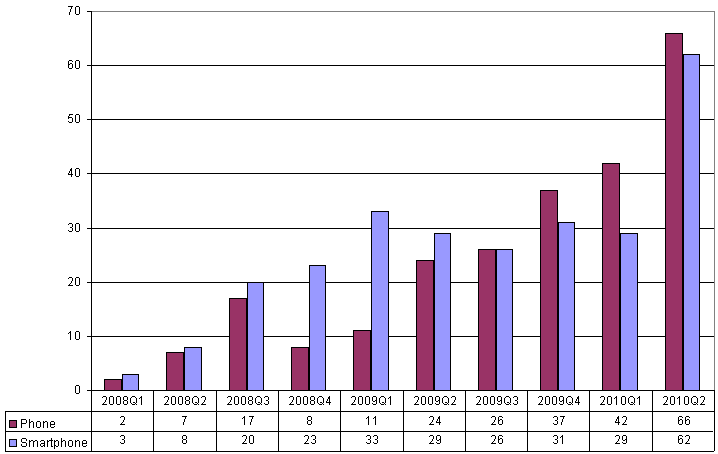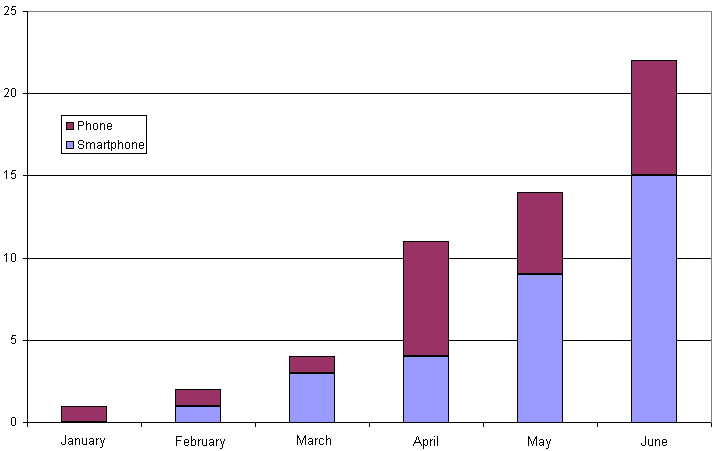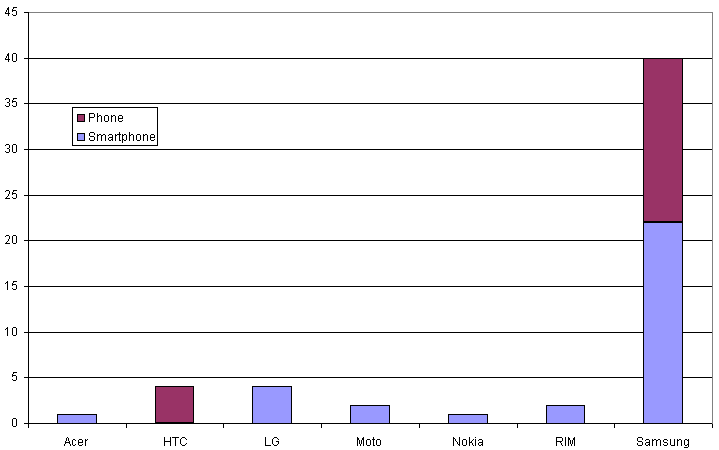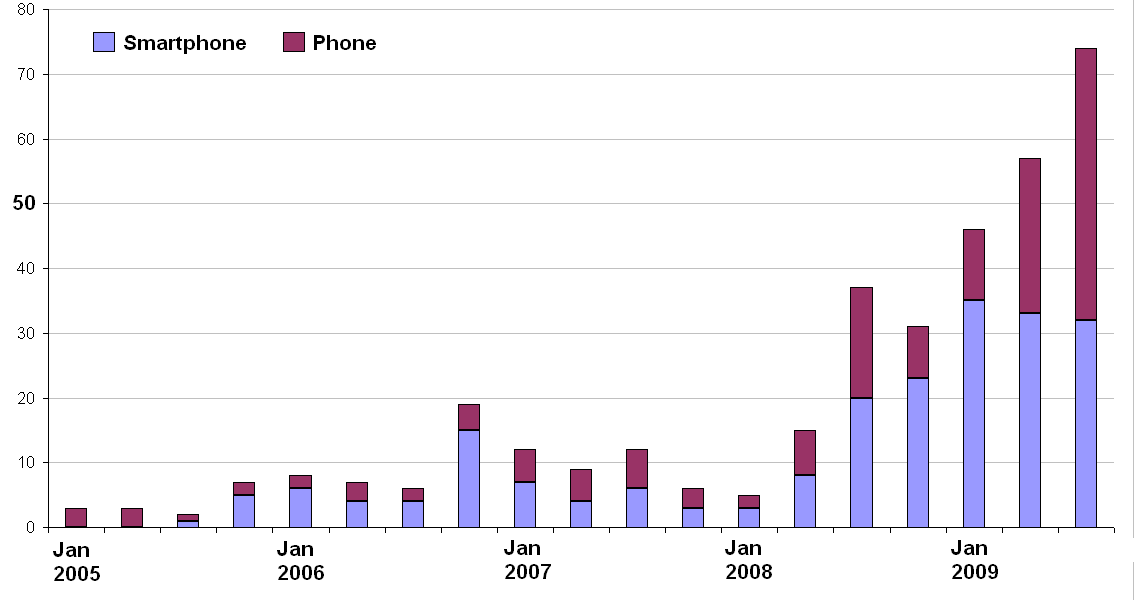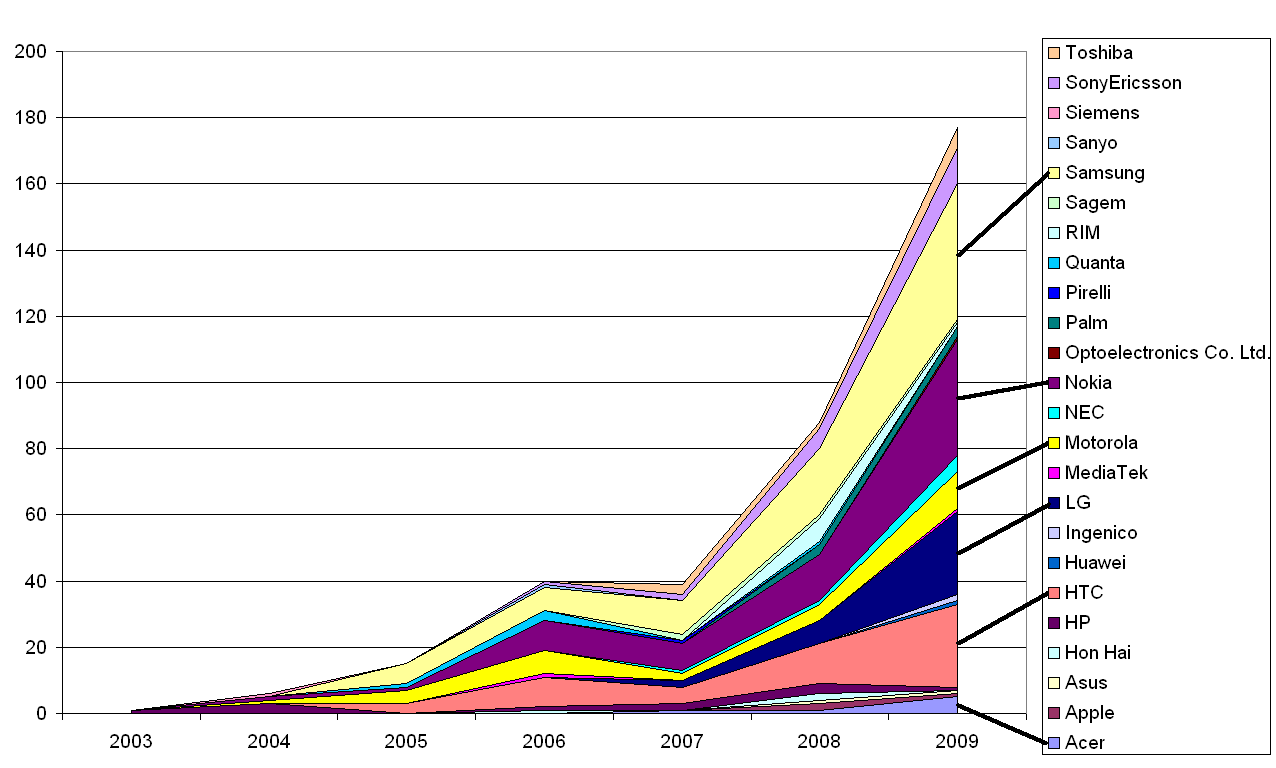Cisco’s Motion announcement on May 28th was huge for enterprise mobility. It defined some new terms which we will be hearing a lot: “Cisco Motion,” “Mobility Services Architecture” and “Mobility Services Engine.” Cisco Motion is the name of the “vision.” The Mobility Services Engine 3350 is a $20,000 appliance that embodies the Mobility Services Architecture, which is a part of Cisco’s Service Oriented Network Architecture.
Cisco has published a lot of useful information about these new products. A good place to start is the launch webinar, which includes an informative Powerpoint presentation. The Mobility Services Architecture is described in a white paper. There are two press releases: a conventional press release consisting of written words, and a “social media release” consisting of links to YouTube clips and podcasts.
What we’re doing here is abstracting the network control element of the architecture and the services and application integration piece. This reflects what we have been talking about for the last 2 plus years around the Services Oriented Network Architecture. It’s about how we can drive new capabilities into the network, that can be married up with a host of different applications and turned into a solution for our customers. It’s not just applications running over the network. Increasingly with this architecture, it is about applications running “with” the network.
Ben Gibson, Senior Director Mobility Solutions, Cisco Systems
Cisco describes the MSE as a “platform for partnering,” the idea being that it exposes network-level information through an open application programming interface (API) to applications delivered by independent software vendors (ISVs).
Adding wirelessness to the IP world generates network-layer information that can be useful to applications, notably information about the location of known devices, and the intrusion of unknown devices. The MSE orders that information and presents it through the API.
Cisco Motion also addresses some downsides of mobility. Adding mobility to the IT world brings a lot of new headaches:
- There are multiple network types (currently cellular and Wi-Fi, later WiMAX)
- There is a profusion of new device types (currently smart phones) which must be managed and tracked
- There is a wave of innovation in consumer applications. Employees are demanding these applications in the enterprise environment.
- Mobility also complicates compliance with data confidentiality regulations like PCI and HIPAA.
So far Cisco has identified four categories of application that can run on the MSE: Context-Aware applications, Wireless Intrusion Prevention Systems, Client Management and Intelligent Roaming.
Context Aware Applications
“Context Aware applications” seems to be Cisco’s term for applications that do asset tracking. Cisco is partnering with ISVs in both horizontal and vertical markets. These ISVs are OAT, Intellidot, Aeroscout, Pango/Innerwireless and Airetrak. The Context-Aware software is scheduled to ship in June 2008.
Adaptive Wireless Intrusion Prevention Systems
Overlay wireless intrusion prevention systems add devices to monitor wireless traffic looking for rogue access points and clients. The innovation here appears to be that the MSE exposes information from the access points and wireless controllers that eliminates the need for these overlay devices. IPS software running on the MSE can substitute for the overlay IPS, while yielding equivalent depth of reporting and features. A further benefit of running the IPS over the MSE API is that the same software will be able to handle future wireless networks in addition to Wi-Fi. The Adaptive WIPS software is scheduled to ship in the second half of 2008.
Mobile Intelligent Roaming
This is enterprise Fixed-Mobile Convergence. The MSE isn’t a mobility controller; it issues an event up through the API when it determines that the Wi-Fi network needs to hand the call off to the cellular network. This event is handled by mobility controller software from an ISV. Cisco’s launch partners for this are Nokia for phones, and Agito on the mobility controller side. The Mobile Intelligent Roaming software is scheduled to ship in the second half of 2008.
Secure Client Manager
This works with Cisco’s 802.1X and CCX products. Cisco estimates that 80% of IT’s wireless and mobility effort goes to client troubleshooting and security provisioning. The Secure Client Manager will help mitigate this problem for the imminent wave of mobile devices. The Secure Client Manager is scheduled to ship in the first half of 2009.
Unified Wireless Network Software
Cisco Motion requires a new software load for the access points and WLAN controllers: the Cisco Unified Wireless Network Software Release 5.1, which shipped in May 2008.
